Sustainable school in rural India celebrates local sandstone
New York studio Diana Kellogg Architects completes sustainable school using local sandstone in rural India's Thar Desert
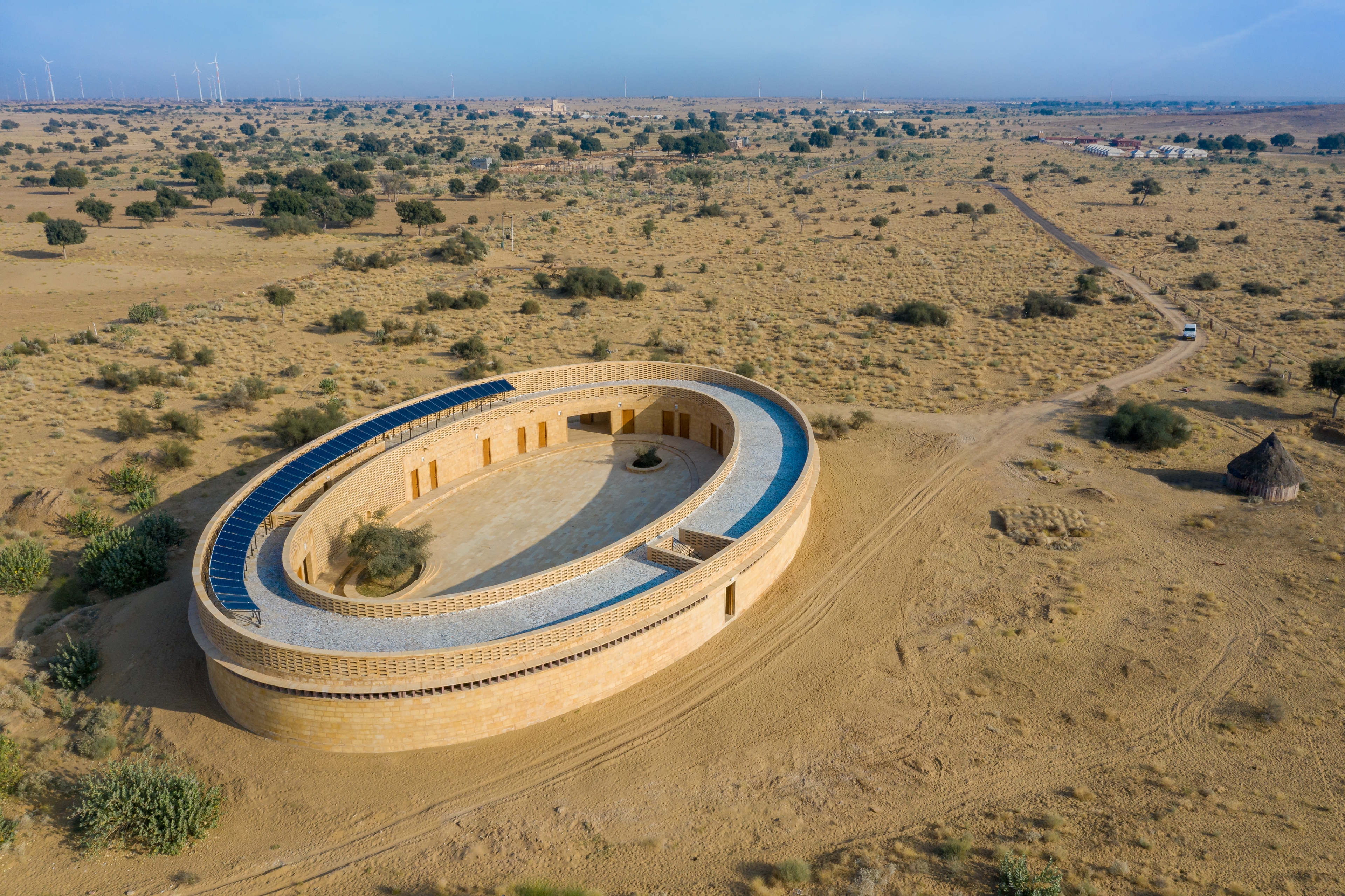
Vinay Panjwani - Photography
Set in the middle of the Thar Desert in rural India, this low, oval shaped building is a brand new sustainable school designed by New York architect Diana Kellogg. The Rajkumari Ratnavati Girl’s School draws on its context and the shape represents, Kellogg explains, ‘the power of femininity and infinity.' The school is soon going to be part of a bigger complex of sustainable architecture, the GYAAN Centre, that will also include a women’s cooperative and an exhibition space.
The school is built using local, hand-carved sandstone in order to blend seamlessly with its arid landscape. Many of the families of the girls that will attend the school were involved in the construction, which used only local labour. Furniture was also made there out of rosewood with traditional Charpai woven seating. Drawing on Jallis, the screen walls traditionally used in the region for privacy, the school features permeable surfaces that allow the air to circulate while creating shade. Meanwhile, local ancient water harvesting techniques maximize the rainwater use and recycle gray water.
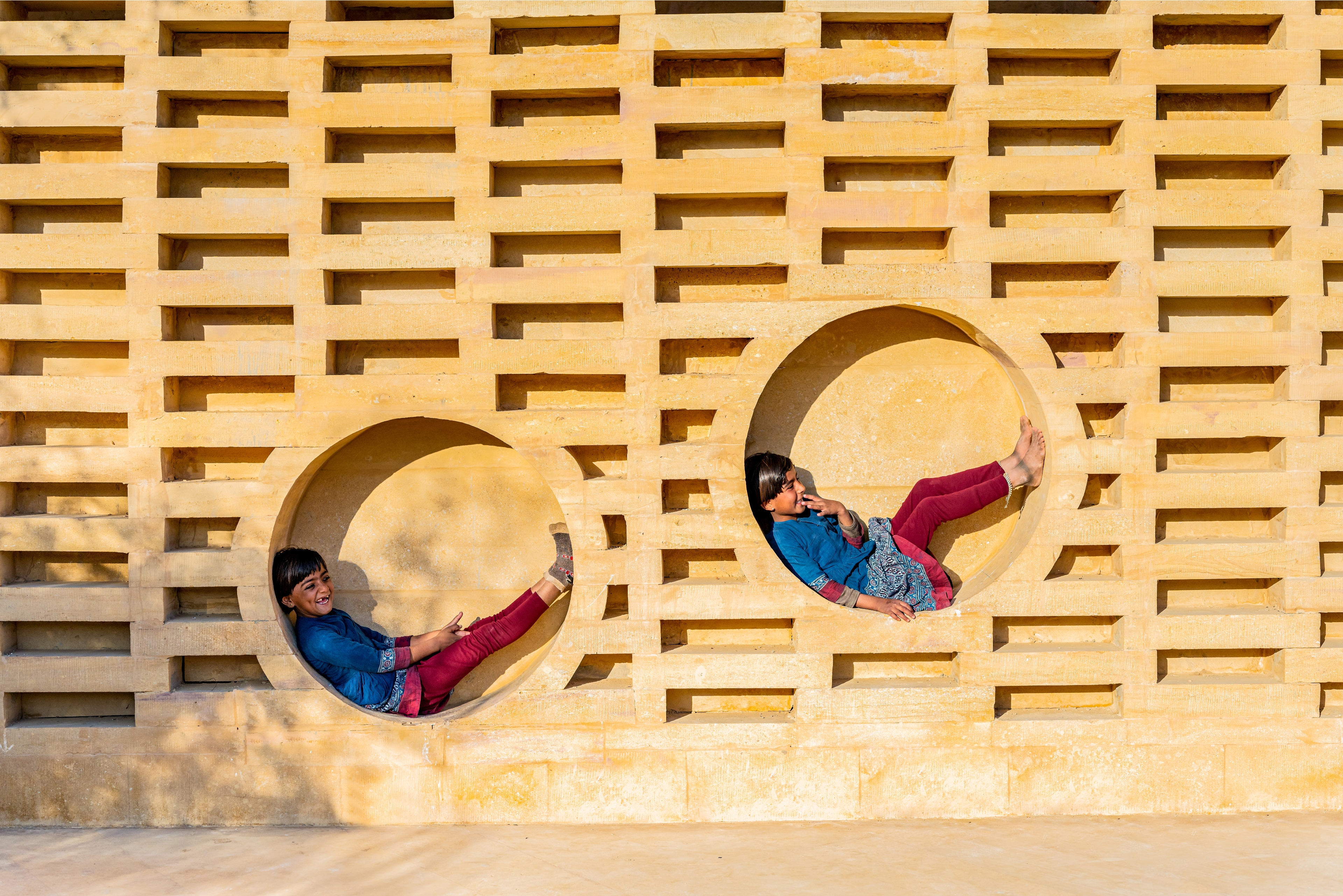
‘Effective design is a process requiring deep understanding of the history of a place – its culture, its topography and its vernacular,' said architect and studio founder Diana Kellogg. ‘I wanted to create a building about light and community – a structure that resonates with the soul of its people and enforces the natural energies to nurture and heal the women and girls.'
The Medha – a performance and art exhibition space with a library and museum – and The Women’s Cooperative – a space where local artisans will teach women weaving and embroidery techniques from the region – will soon join the sustainable school. The aim is for the complex to improve the lives of the local community, in a region where female literacy barely touches 36 percent.
The project was commissioned by CITTA, a non-profit organization that ‘supports development in some of the most economically challenged, geographically remote or marginalized communities in the world.' Complementing the brand new building, Indian fashion designer Sabyasachi Mukherjee created the student uniforms. Set to open in July 2021, the school is going to cater to some 400 girls from nursery age up to year ten.
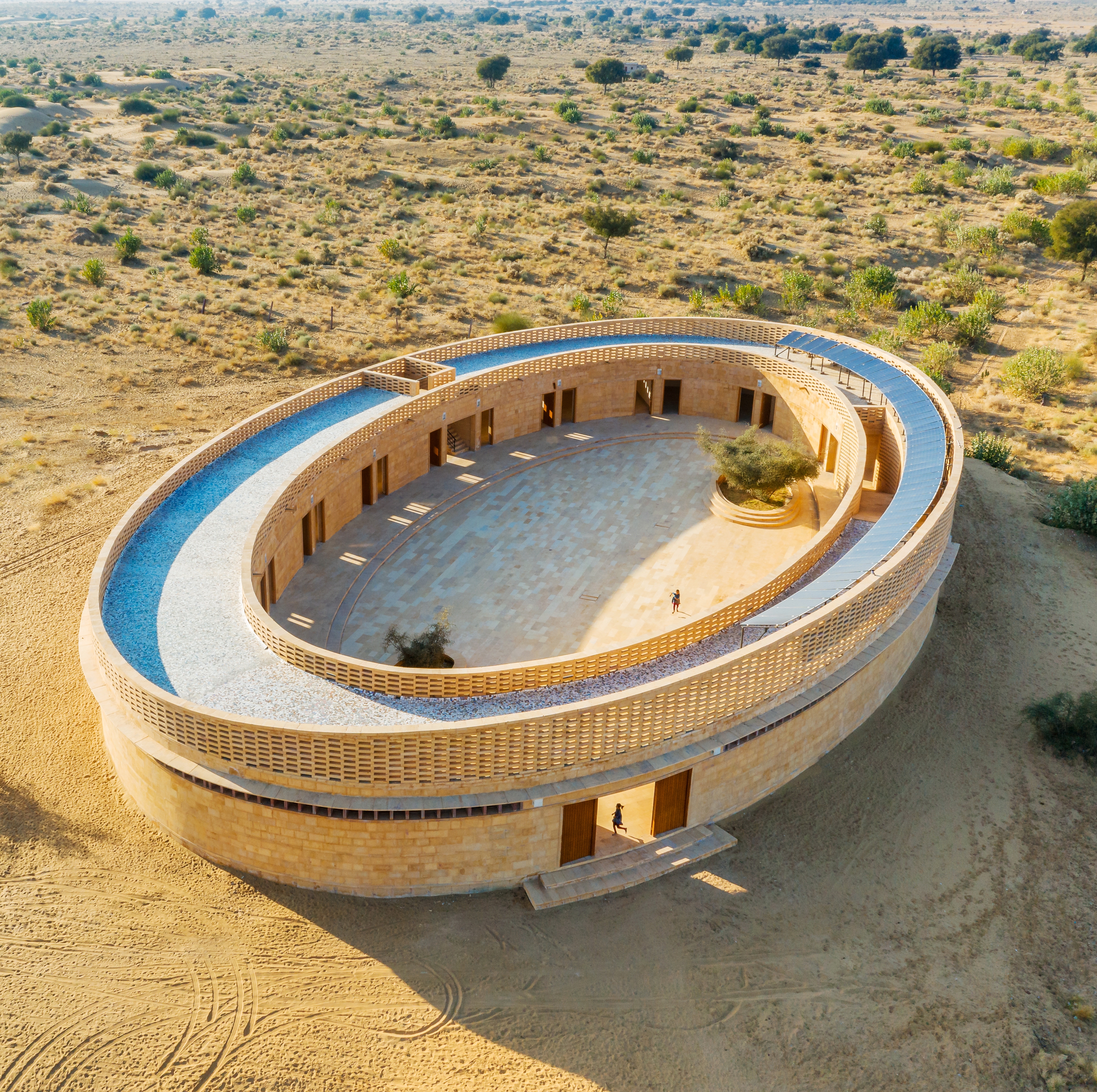
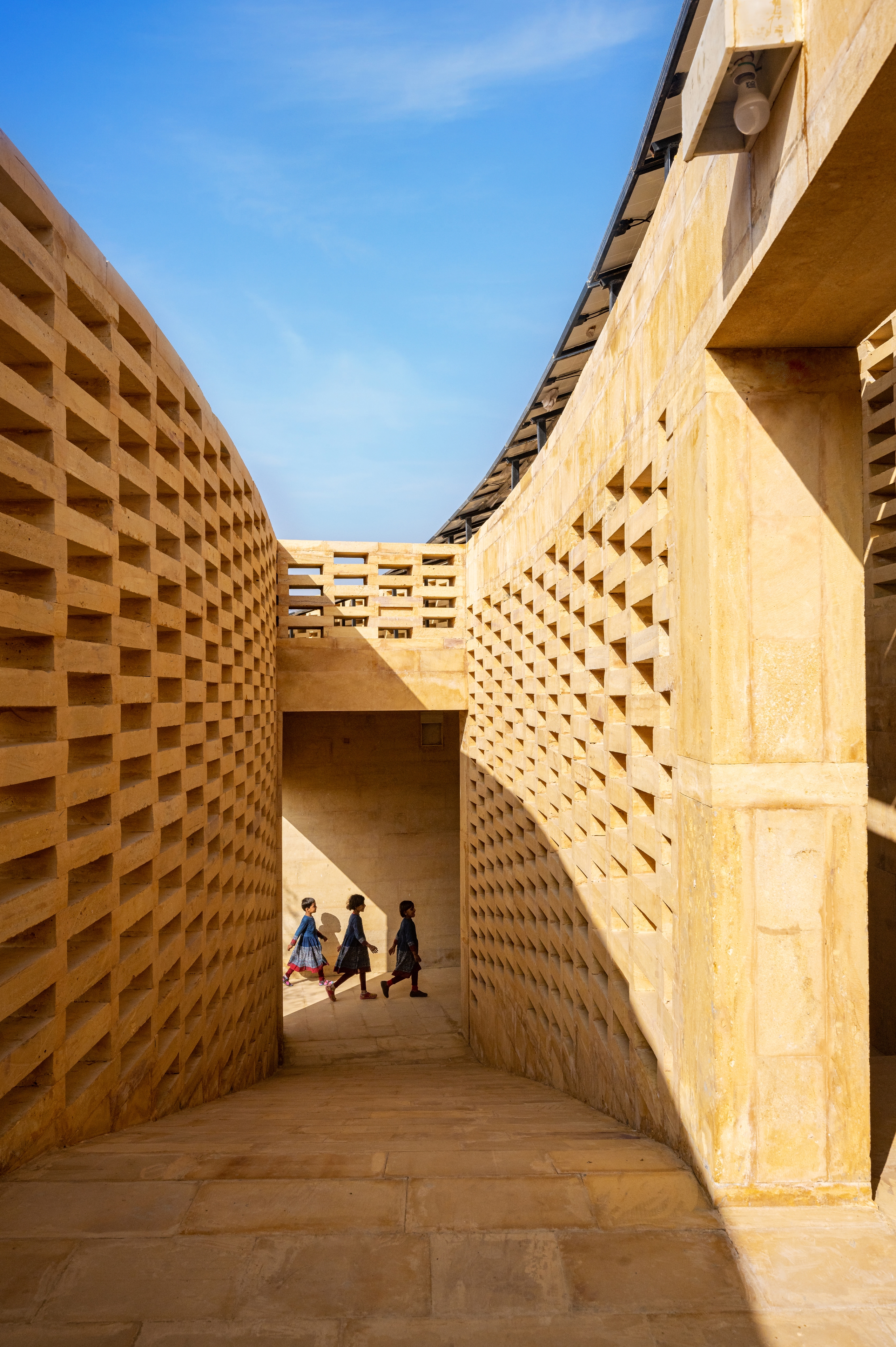
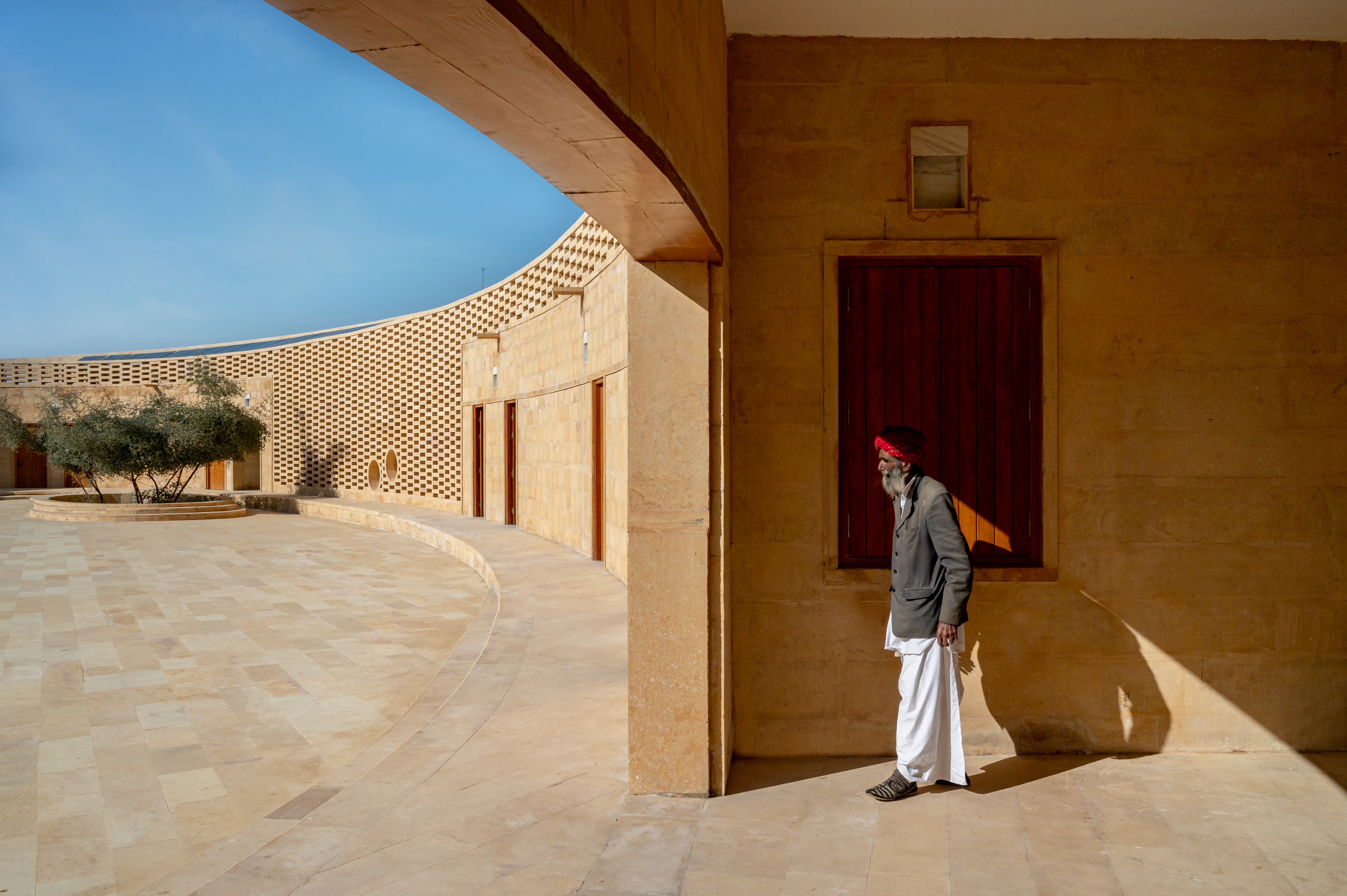
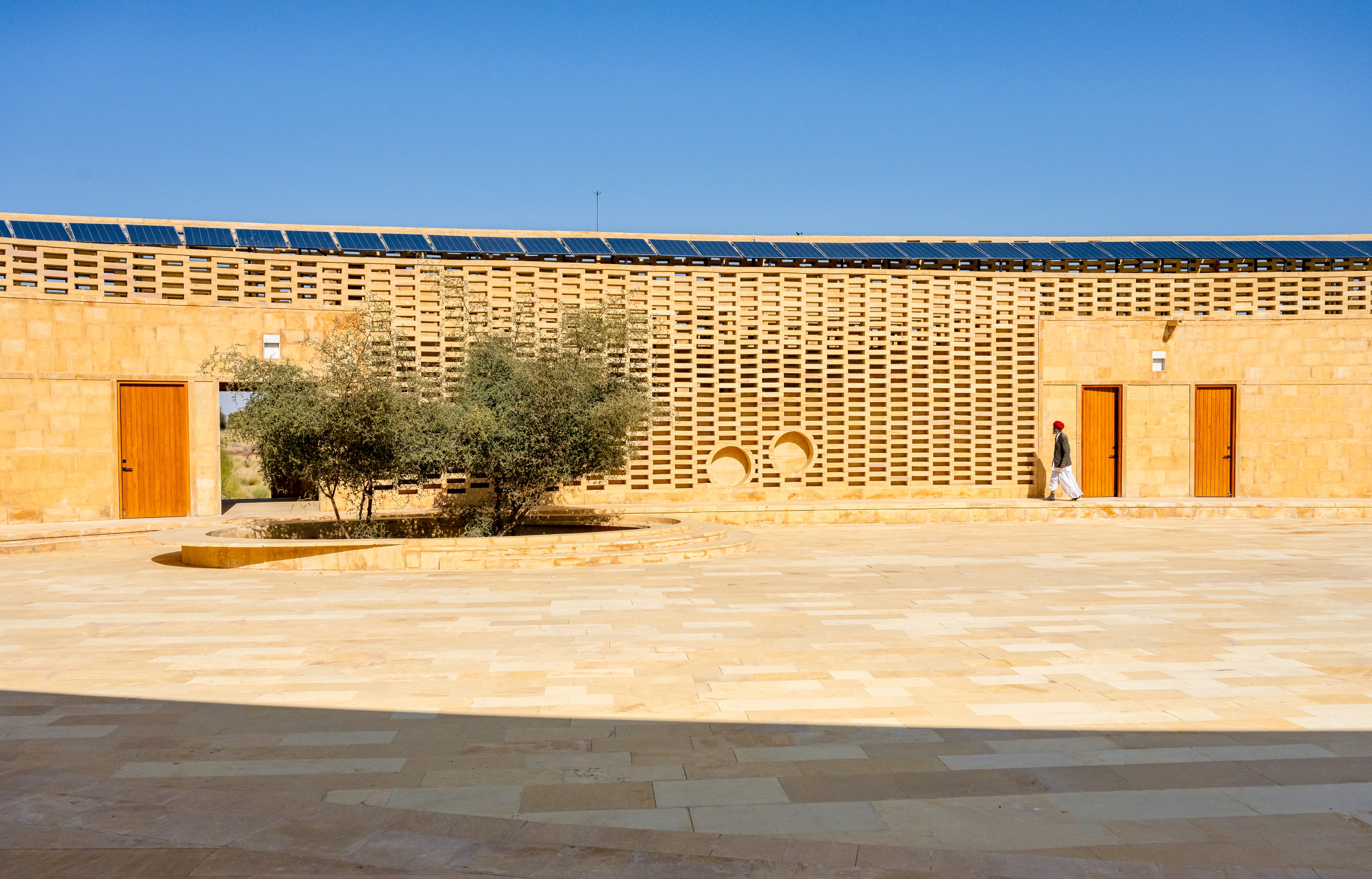
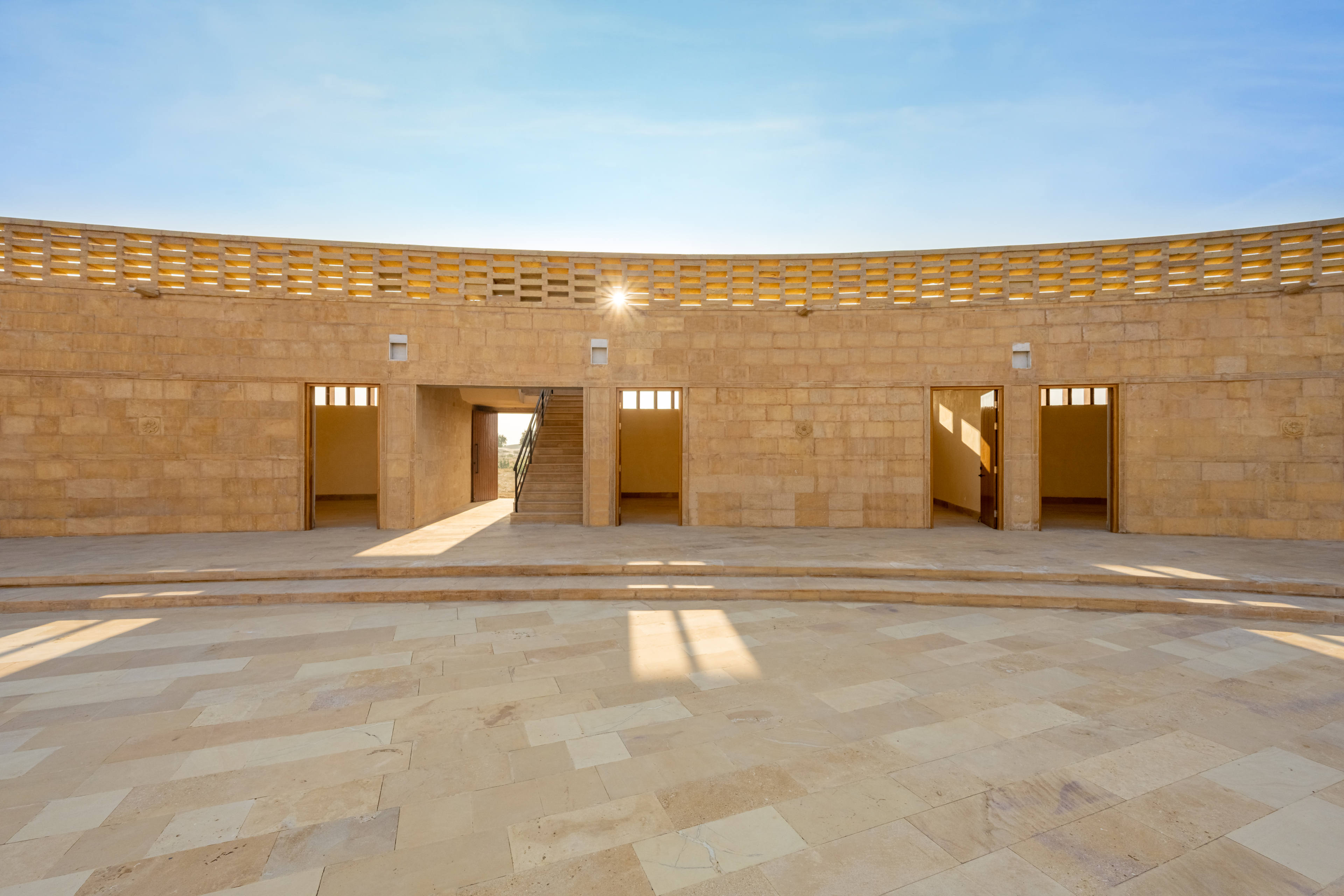
INFORMATION
Wallpaper* Newsletter
Receive our daily digest of inspiration, escapism and design stories from around the world direct to your inbox.
Ellie Stathaki is the Architecture & Environment Director at Wallpaper*. She trained as an architect at the Aristotle University of Thessaloniki in Greece and studied architectural history at the Bartlett in London. Now an established journalist, she has been a member of the Wallpaper* team since 2006, visiting buildings across the globe and interviewing leading architects such as Tadao Ando and Rem Koolhaas. Ellie has also taken part in judging panels, moderated events, curated shows and contributed in books, such as The Contemporary House (Thames & Hudson, 2018), Glenn Sestig Architecture Diary (2020) and House London (2022).
-
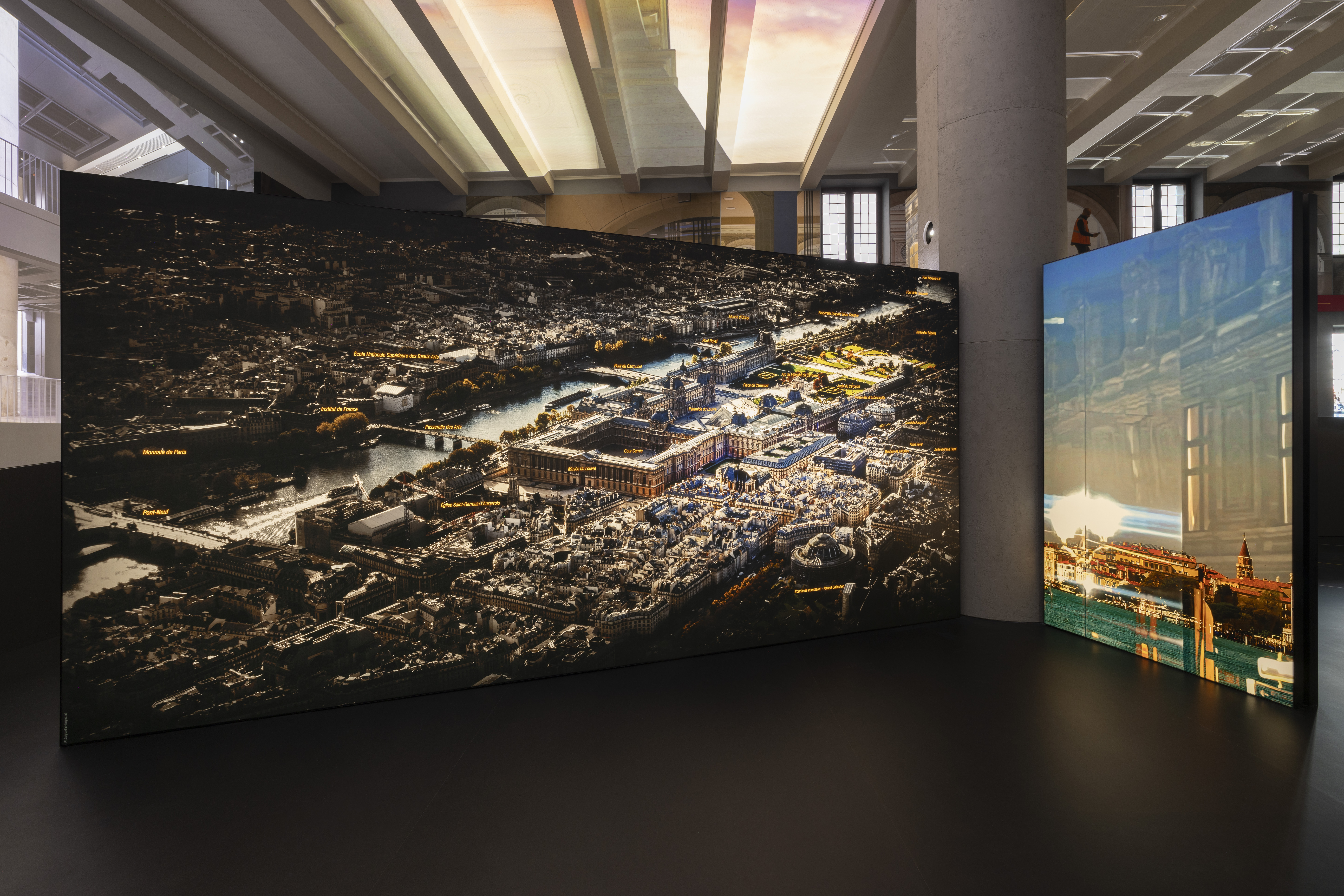 A Venice sneak peek into the new Fondation Cartier pour l’art contemporain by Jean Nouvel
A Venice sneak peek into the new Fondation Cartier pour l’art contemporain by Jean NouvelA new home for Fondation Cartier pour l’art contemporain by Jean Nouvel will open later this year in Paris; in the meantime, the Venice Architecture Biennale 2025 offered the perfect platform for a sneak preview of what's to come
-
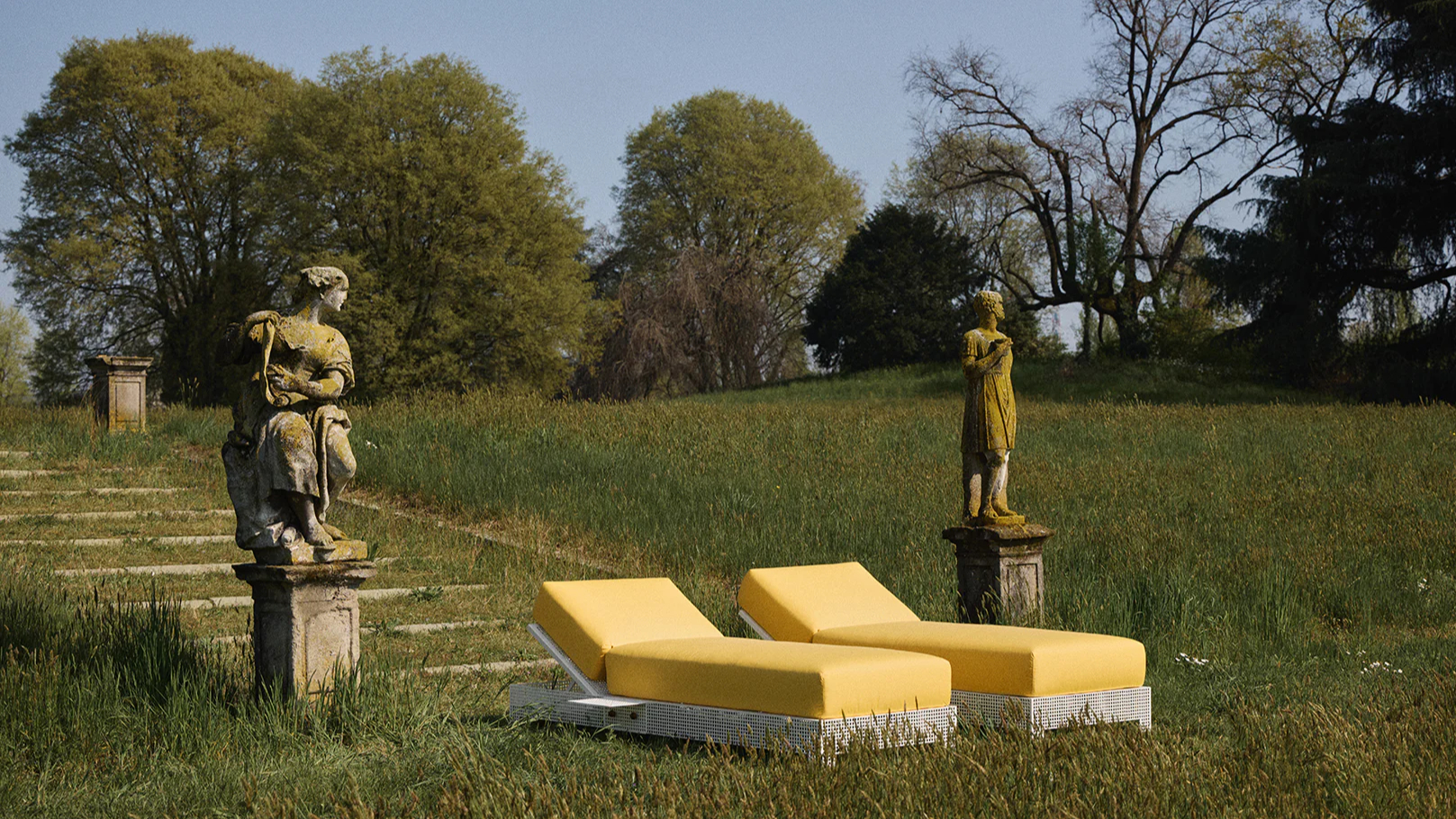 Let's go outside: ten outdoor furniture ranges we love
Let's go outside: ten outdoor furniture ranges we loveOur round-up of outdoor furniture brings together work by leading designers and studios, blending contemporary forms with enduring materials designed to elevate open-air living
-
 Viva Las Vegas: the story behind the Wallpaper* June 2025 cover shoot
Viva Las Vegas: the story behind the Wallpaper* June 2025 cover shootPhotographer Theresa Marx and Wallpaper* fashion and creative director Jason Hughes recount a whirlwind day in Las Vegas – from cruising down the strip to controlling the Bellagio fountains
-
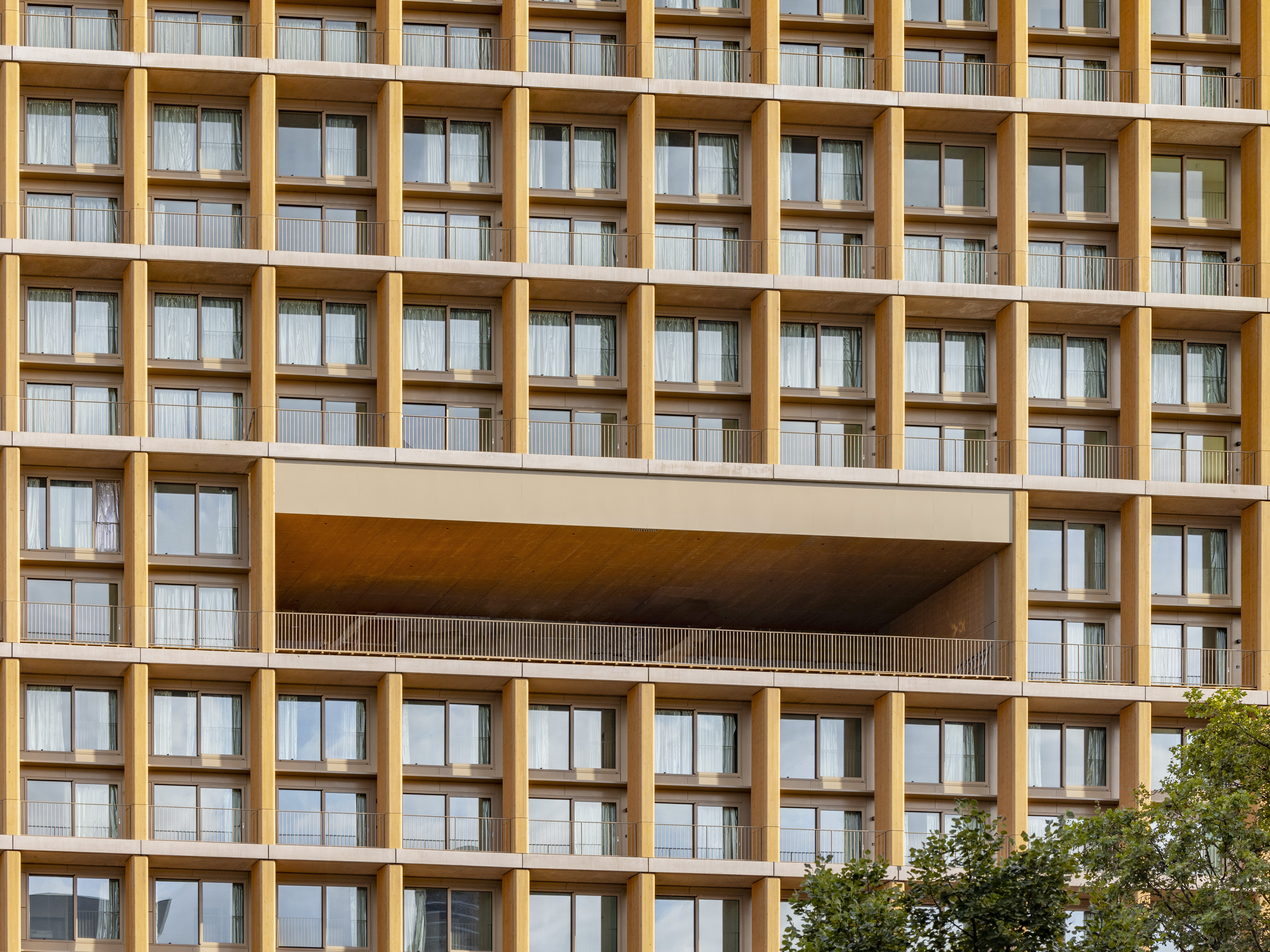 Explore wood architecture, Paris' new timber tower and how to make sustainable construction look ‘iconic’
Explore wood architecture, Paris' new timber tower and how to make sustainable construction look ‘iconic’A new timber tower brings wood architecture into sharp focus in Paris and highlights ways to craft buildings that are both sustainable and look great: we spoke to project architects LAN, and explore the genre through further examples
-
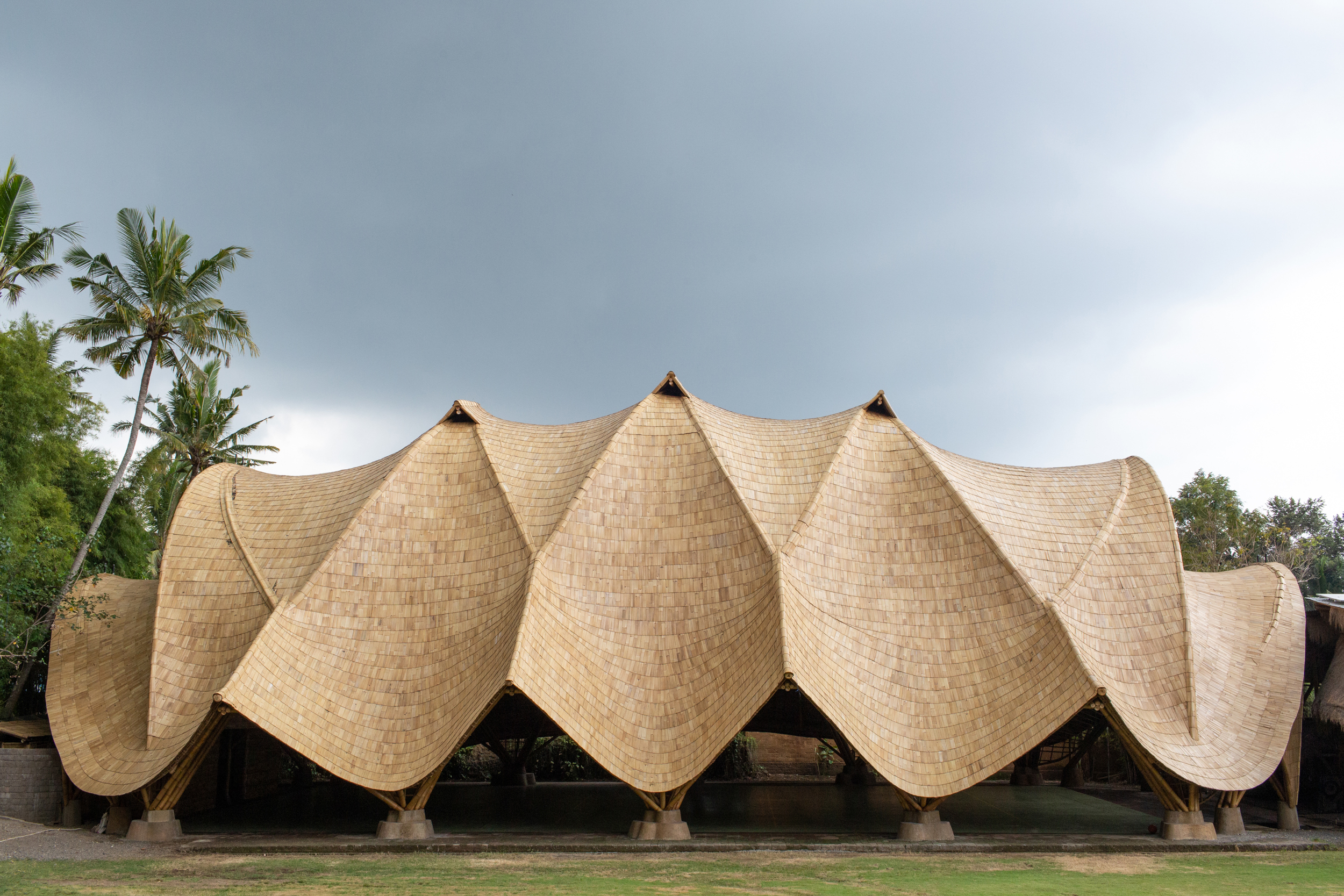 Building with bamboo: In Bali, designer, Elora Hardy, shares her tips and experience
Building with bamboo: In Bali, designer, Elora Hardy, shares her tips and experienceBamboo architecture can be powerful and sustainable; here, we talk to Ibuku's Elora Hardy, who shares her tips, thoughts and experience in working with the material in Bali
-
 Hermitage Mews is a net-zero family of homes in London’s Crystal Palace
Hermitage Mews is a net-zero family of homes in London’s Crystal PalaceHermitage Mews by Gbolade Design Studio is a sustainable residential complex in south London's Crystal Palace, conceived to be green and contextual
-
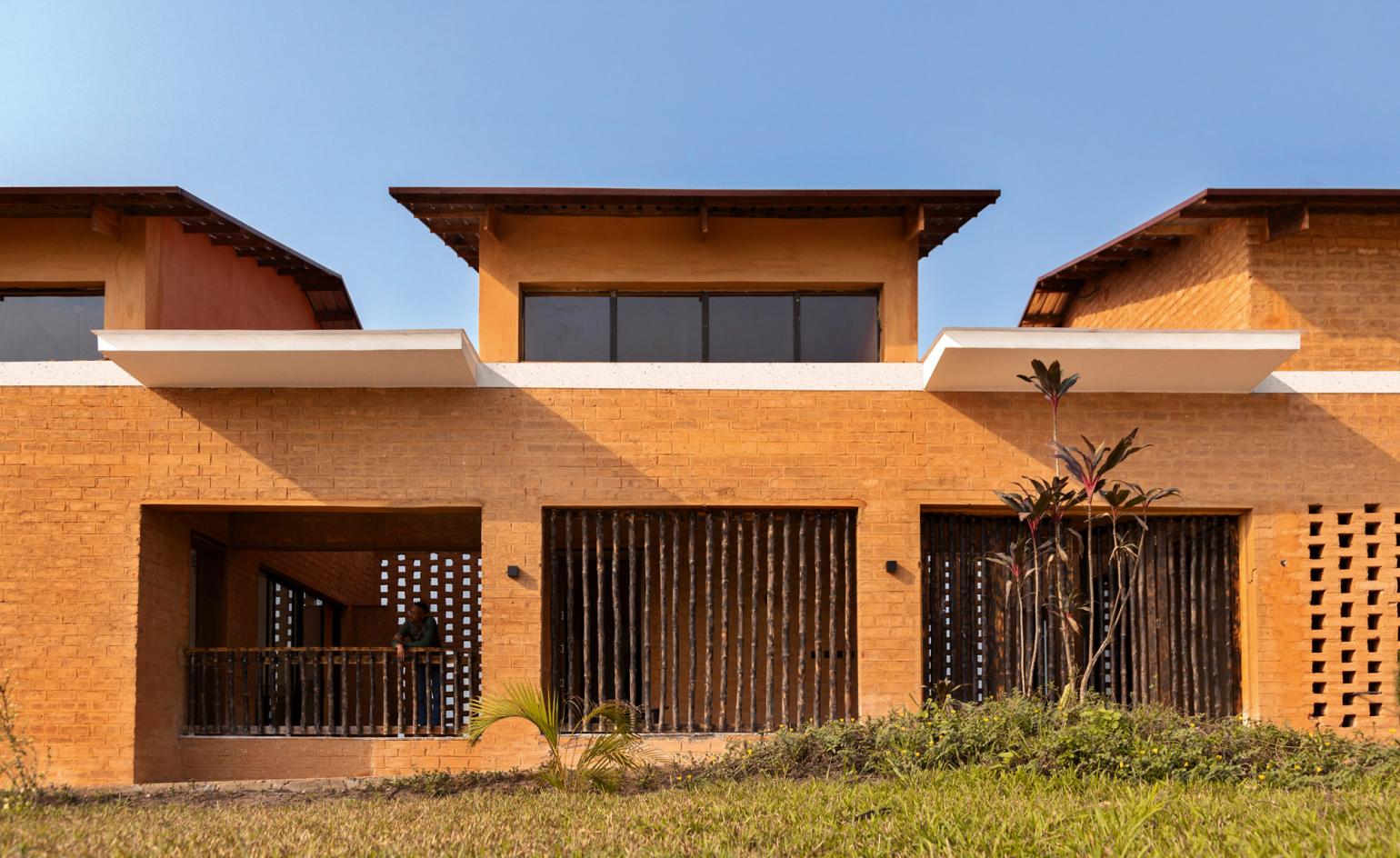 Sustainable architecture: 46 innovative and inspiring building designs
Sustainable architecture: 46 innovative and inspiring building designsThis is sustainable architecture at its best: from amazing abodes to centres of care and hard-working offices, these buildings not only look good but also do good
-
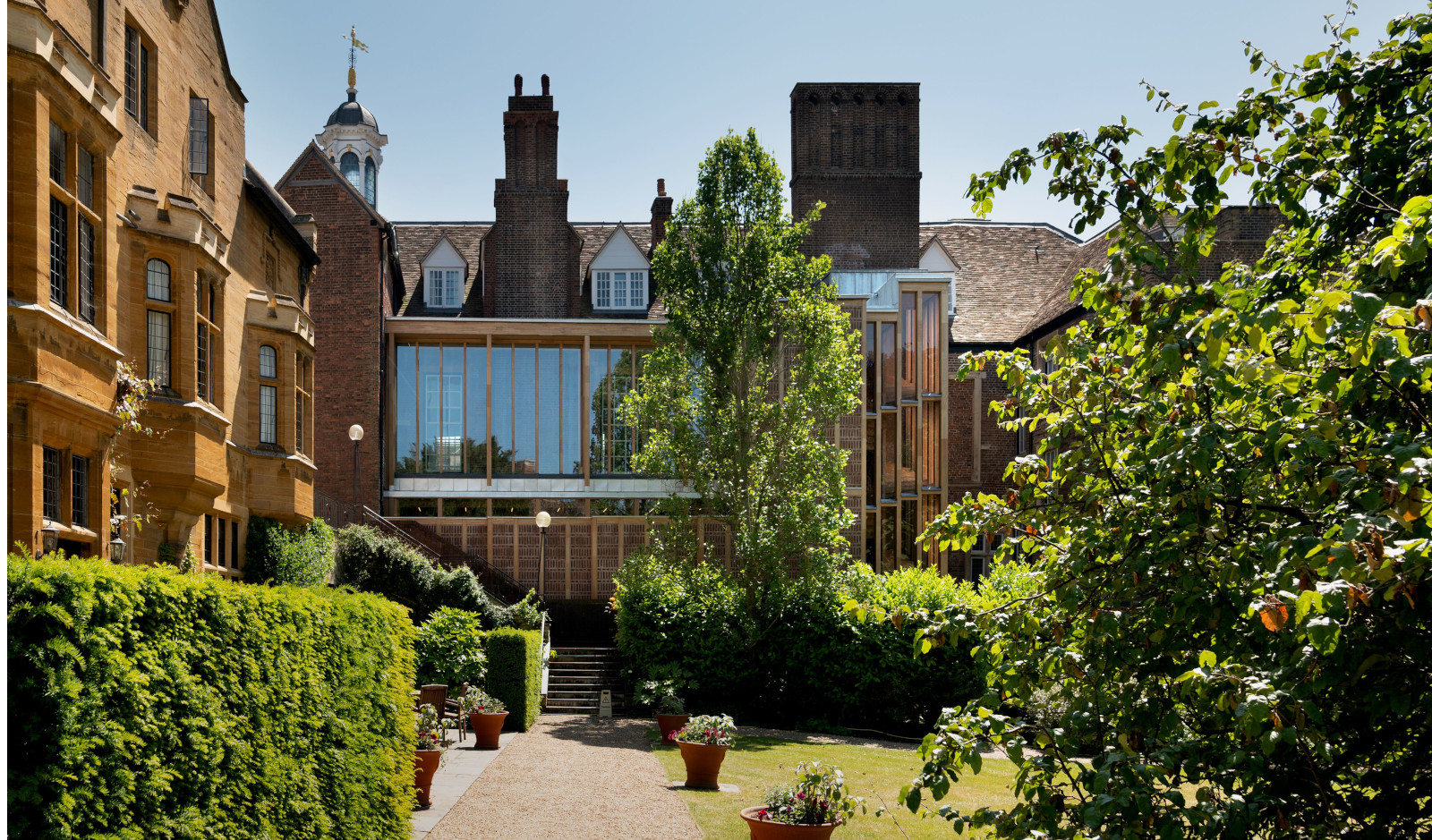 River Wing at Clare College responds to its historic Cambridge heritage
River Wing at Clare College responds to its historic Cambridge heritageUniversity of Cambridge opens its new River Wing on Clare College Old Court, uniting modern technology with historic design
-
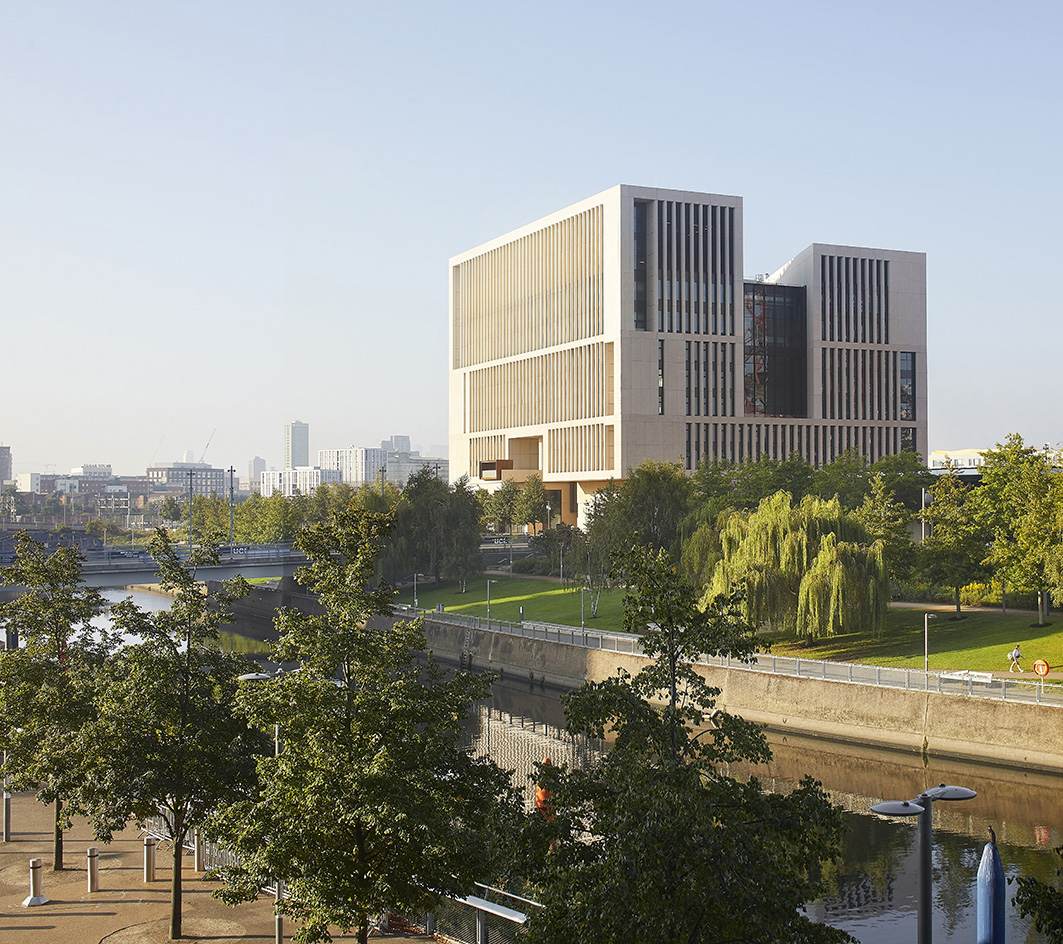 UCL East Marshgate seeks to redefine the university campus of the future
UCL East Marshgate seeks to redefine the university campus of the futureUCL East Marshgate by Stanton Williams is completed and gears up to welcome its students in east London
-
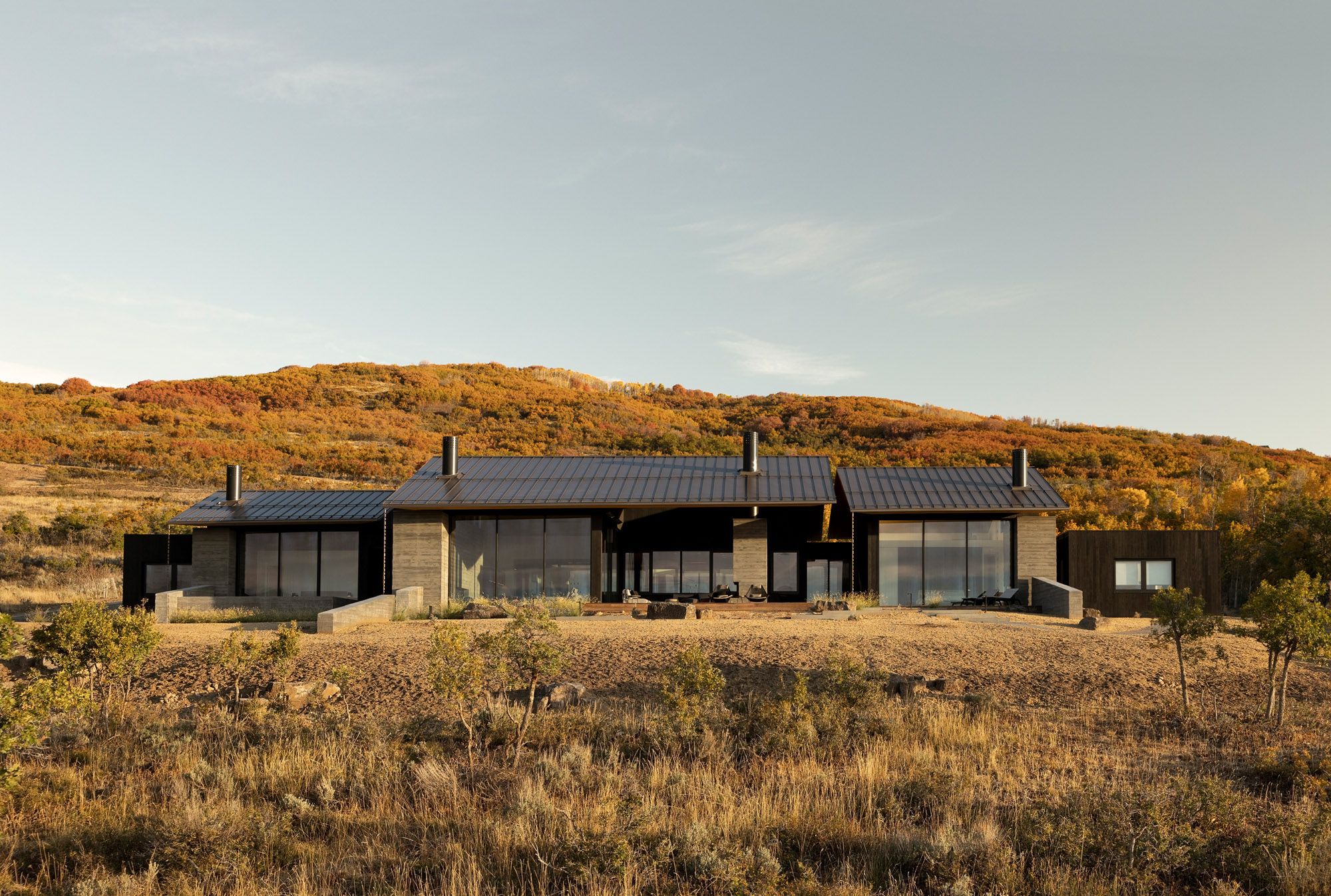 Slot House sets a high bar for sustainable architecture in Utah
Slot House sets a high bar for sustainable architecture in UtahSlot House, an energy-efficient mountain retreat in Utah, by local practice Klima Architecture, sets the bar high
-
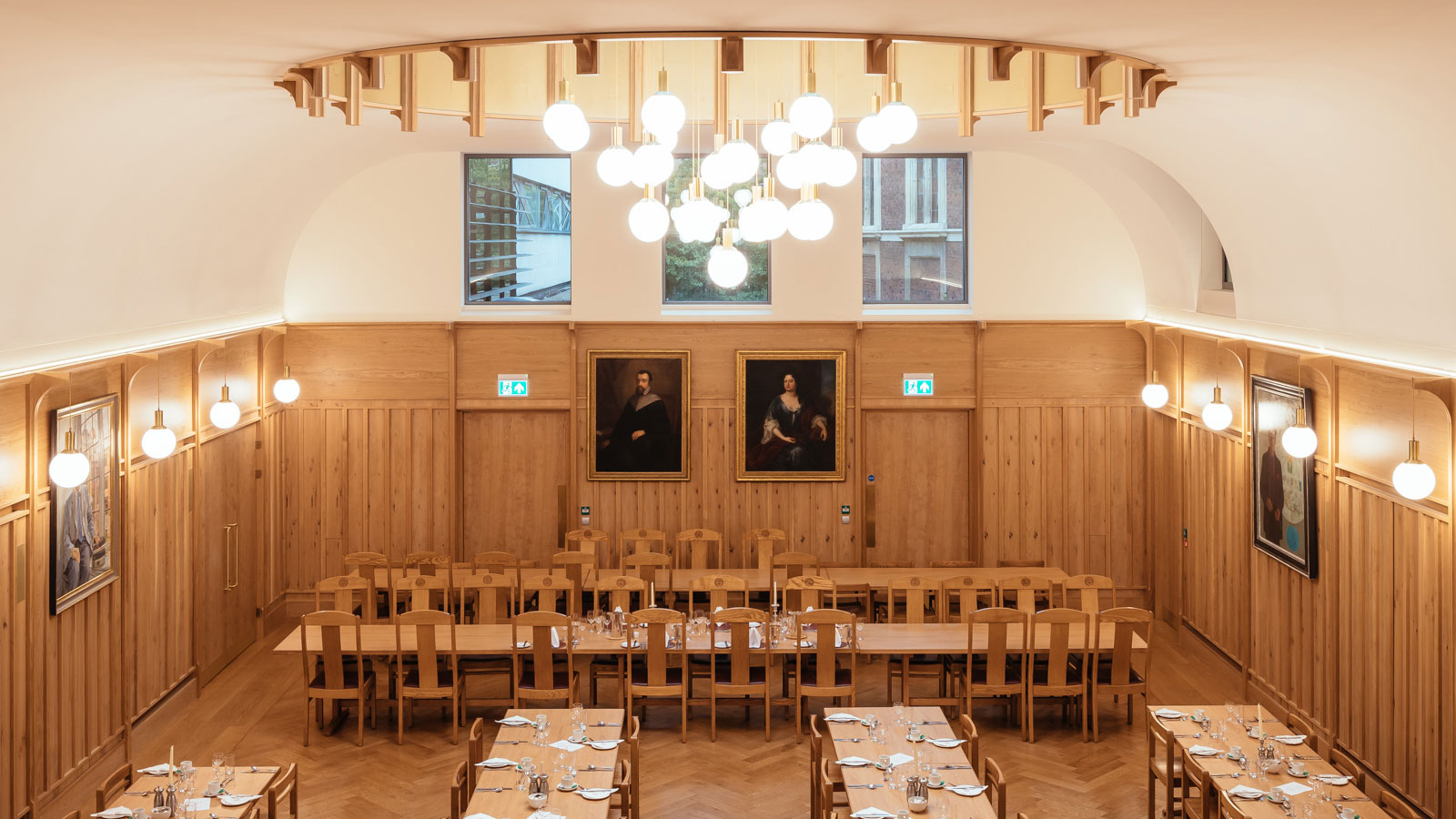 St Catharine’s College social hub in Cambridge reimagined by Gort Scott
St Catharine’s College social hub in Cambridge reimagined by Gort ScottGort Scott's design for St Catharine’s College, Cambridge, gives a sensitive facelift to a much loved, bustling campus